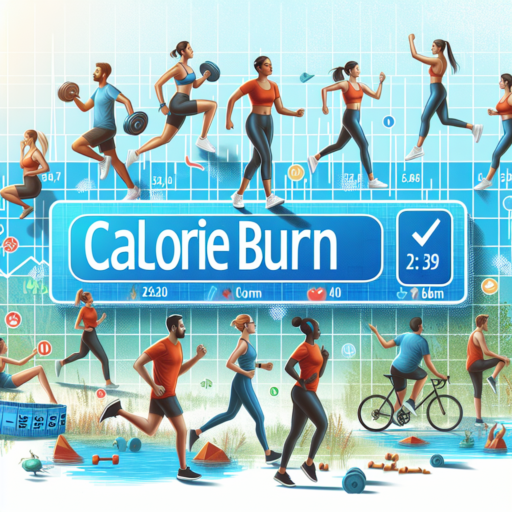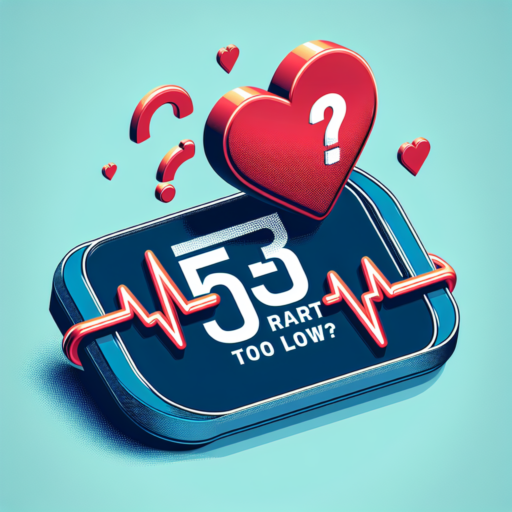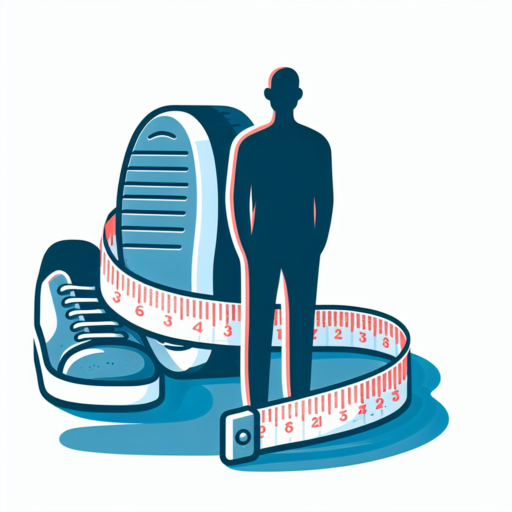How do you calculate calories burned?
Calculating the calories you burn during various activities involves a mixture of science and specific variables unique to each individual. The most accurate way involves using a formula that considers your metabolic rate, the activity’s intensity, and the duration of the exercise. One popular method is the MET (Metabolic Equivalent of Task) value system, which assigns a numeric value to activities based on how much energy they require compared to resting.
Key Factors Influencing Calorie Burn
- Body Composition: Muscle tissue burns more calories than fat tissue, even at rest.
- Intensity of Activity: Higher intensity activities lead to a higher calorie burn.
- Duration of Activity: Simply put, the longer the activity, the more calories burned.
To calculate calories burned, the basic formula is: (MET value) x (weight in kilograms) x (duration in hours) = calories burned. However, it’s crucial to remember that this formula provides an estimate. Variances in metabolism, body composition, and effort level can lead to differences in the actual calories burned. Devices like heart rate monitors or smart watches can offer a more personalized calorie count by taking heart rate into consideration, which can give a better indication of effort and energy expenditure.
Despite the straightforward nature of calorie calculation formulas, they only offer rough estimates. For those serious about tracking their fitness progress or weight management, combining these calculations with tools that monitor physical response and adapting as needed can provide a more complete picture of calorie expenditure. Remembering the role of individual differences in metabolism and physical conditioning can help tailor fitness routines to meet personal health goals more effectively.
No se han encontrado productos.
How many calories do I naturally burn a day?
The number of calories you naturally burn each day, often referred to as your daily caloric expenditure, depends on several key factors. Primarily, this metabolic rate is influenced by your Basal Metabolic Rate (BMR), the physical activities you engage in, and the energy used in digesting the food you consume. Unraveling this complex process is essential for anyone looking to manage their weight effectively or understand their body’s energy needs.
Your BMR accounts for the majority of calories burned each day and represents the energy your body needs to perform basic life-sustaining functions such as breathing, circulation, cell production, and nutrient processing. Factors such as age, sex, weight, and muscle mass significantly affect your BMR. For example, individuals with more muscle mass tend to have a higher BMR because muscle tissue burns more calories at rest compared to fat tissue.
In addition to your BMR, the activities you partake in throughout the day heavily influence your daily calorie burn. From sedentary work like sitting at a desk to more intense physical exercises such as running or swimming, every action consumes energy. Even the act of eating and digesting food – known as the thermic effect of food (TEF) – raises your metabolic rate temporarily.
How do I check calories burned on my phone?
Checking calories burned through a mobile device has become increasingly straightforward, thanks to the proliferation of health and fitness applications. Most modern smartphones are equipped with sensors that track physical activity, making them powerful tools for monitoring your health and fitness progress. Whether you’re an Android or iOS user, you can leverage your phone’s capabilities to keep a close eye on the calories you burn throughout the day.
For Android users, the Google Fit app is a comprehensive solution for tracking physical activities and calories burned. After installing Google Fit, set up your profile by entering personal details such as height, weight, and fitness goals. The app automatically tracks your movements and provides an estimate of calories burned based on your activity level and personal data. To check your calorie count, simply open the app and navigate to the «Journal» tab where your daily activities and calorie expenditure are displayed.
For iOS users, the Health app, pre-installed on all iPhones, is the go-to for tracking calories burned. The Health app consolidates data from your iPhone’s motion sensor along with any other fitness apps you use, aggregating this information to give you a comprehensive view of your daily activity. To see your calories burned, open the Health app, tap the «Summary» tab, and scroll to the «Activity» section. Here, you’ll find your active calories burned as well as a breakdown of activities that contributed to this total.
Is there a test to see how many calories you burn?
Understanding the intricacies of how our bodies burn calories is pivotal for anyone looking to manage their weight or improve their fitness. One might wonder if there’s a specific test that can accurately measure the number of calories burned. The answer lies within the realm of modern health science and technology, which have collaborated to develop several methods for this purpose.
Metabolic Testing
The most precise way to determine how many calories you’re burning is through metabolic testing. This scientific approach can be divided into two main categories: Resting Metabolic Rate (RMR) tests and Active Metabolic Rate (AMR) tests. RMR tests assess how many calories your body burns at rest, providing a baseline for understanding your body’s energy needs. In contrast, AMR tests measure calories burned during physical activity, offering insights into how various forms of exercise influence your calorie expenditure.
Wearable Technology
In today’s digital age, wearable technology such as fitness trackers and smartwatches play a significant role in estimating calorie burn. These devices utilize sensors and algorithms to track heart rate, steps taken, and other physical activities to estimate how many calories you burn throughout the day. While not as precise as metabolic testing, they offer a convenient and accessible way for individuals to gauge their daily calorie expenditure.




